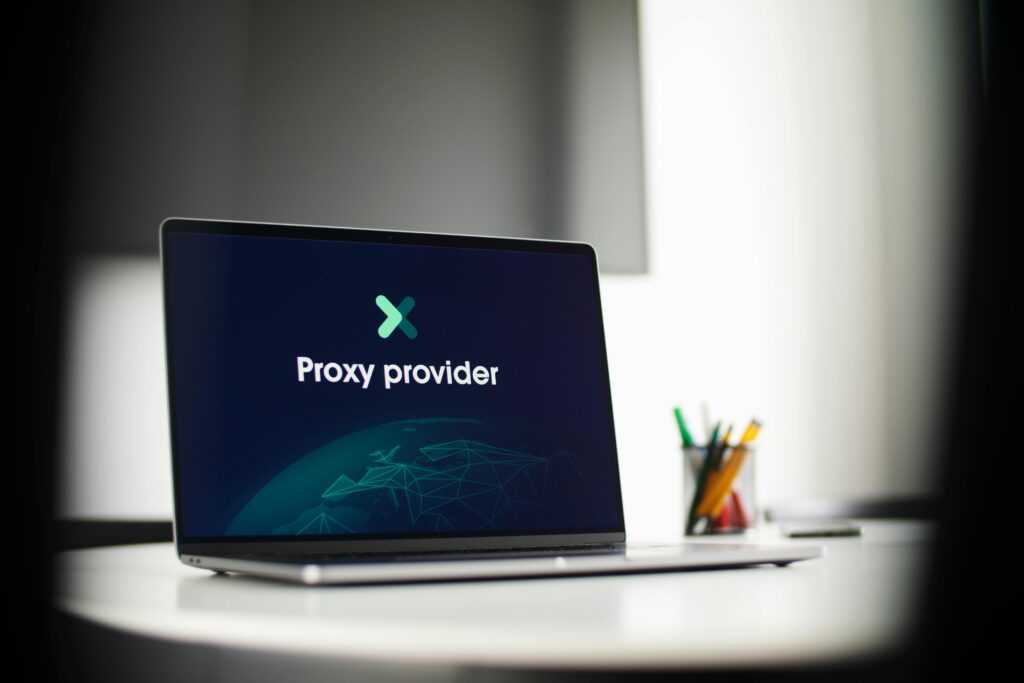Why Numbers Like 5619674118 Matter
We live in a world shaped by numbers. From algorithms running our apps to credit scores evaluating our reliability, numbers drive nearly everything. One such example is 5619674118—a numerical sequence that could function as a phone number, a user ID, or a data flag.
Understanding what any number represents, and how it interacts with the systems around it, is key to making smarter tech decisions. If 5619674118 is a caller ID or metadata in user analytics, it triggers automatic responses or gets logged for further processing. Data like this isn’t just stored—it’s evaluated, forecasted, and used to train smarter systems.
Patterns and Interpretation
When analyzing any long number, context is king. Was 5619674118 part of a recent customer service interaction? Does it appear in a database you’re trying to clean up or verify? The same 10digit string can have completely different implications depending on its surroundings.
If it’s a phone number, area codes and prefixes matter. If it’s a code or ticket ID, its sequence might tell you about the time or user it was assigned to. If it’s part of web traffic, it could help trace user behavior and identify origin points.
Looking at patterns lets us determine how to react: block a number, flag it for review, or engage.
RealWorld Utility
In the age of automation and AI, numbers like 5619674118 feed into engines that filter spam, predict engagement, or detect fraud. Take call filters, for example. A system might see 100 calls come in from the same number and flag it as potential spam. That number enters a wider database which carriers or apps use to protect users.
Outside of telecom, similar ID structures show up everywhere:
Logistics for tracking shipments. CRMs for managing client info. Online behavior tracking for marketing insights.
Each use is different, but the goal stays the same—clearer information, faster action.
Security Implications of Numbers Like 5619674118
With every inlet for data comes a security concern. A number like 5619674118, when misused, could represent fraud, spam, or even unauthorized access. Most fraud today involves some kind of numeric identifier—credit cards, phone numbers, account IDs.
Security teams write algorithms to identify anomalies. If number 5619674118 is used at 3AM from Europe and again at 3:10AM from California, something’s off. Same goes for rapidfire use in login forms or user tracking platforms. Red flags start flying.
That’s how fraud detection cycles kick in—fast recognition, quick action.
RuleBased Automation
Numbers help you enforce rules without thinking. You can autoblock, verify, or respond based on preset criteria. For calls:
Block blacklisted numbers like 5619674118 after X missed calls. Route known contacts straight to voicemail. Flag unknown IDs for potential review.
For webbased operations:
Track user activity tagged to 5619674118. Autolog unusual spikes in engagement. Use pattern matching to group this number with similar ones.
And in HR systems or app user interfaces, numbers unlock data sets behind clean UIs. A single tap can show you everything tied to that ID.
Human Behavior Behind the Numbers
Ultimately, every number connects to a user or a behavior. When you look closer, 5619674118 may not be random—it may reflect a person’s decision, a routine, or a system interaction.
Example: a repeated call from 5619674118 might be a recruiter following up. Or it might be a robocall testing numbers. Either way, interpretation turns data from noise into signal.
And that’s the point: numbers don’t mean anything until they interact with judgment, habits, and systems.
When to Respond—and When Not To
So what should you do when a specific number stands out?
- Investigate the Context: Check what platform or database it’s showing up in.
- Review History: Oneoff calls? Repeated entries? What’s the behavior?
- CrossReference: Is 5619674118 known or listed in public antifraud or spam lists?
- Decide Quickly: Use automation and human insight to act—block it, monitor it, or respond.
The faster you can decide, the more efficient your systems stay.
Final Takeaway
Numbers like 5619674118 prove that no data point exists in isolation. Whether you’re looking at phone activity, trying to profile customer behavior, or filtering signal from noise, there’s always a story beneath the digits. Learn to read it right, and you take control of the noise. Keep one eye on the number—and the other on what it triggers.

 Founder & CEO
Shirleyenn Williamsuns is the visionary founder and CEO of our business, bringing over two decades of leadership experience to the table. With a passion for innovation and strategic growth, she has guided the company from its inception to its current success. Shirleyenn is known for her dynamic approach to business development and her dedication to fostering a collaborative and forward-thinking team environment. Under her leadership, the company has expanded its reach and continues to set new benchmarks for excellence in the industry.
Founder & CEO
Shirleyenn Williamsuns is the visionary founder and CEO of our business, bringing over two decades of leadership experience to the table. With a passion for innovation and strategic growth, she has guided the company from its inception to its current success. Shirleyenn is known for her dynamic approach to business development and her dedication to fostering a collaborative and forward-thinking team environment. Under her leadership, the company has expanded its reach and continues to set new benchmarks for excellence in the industry.
